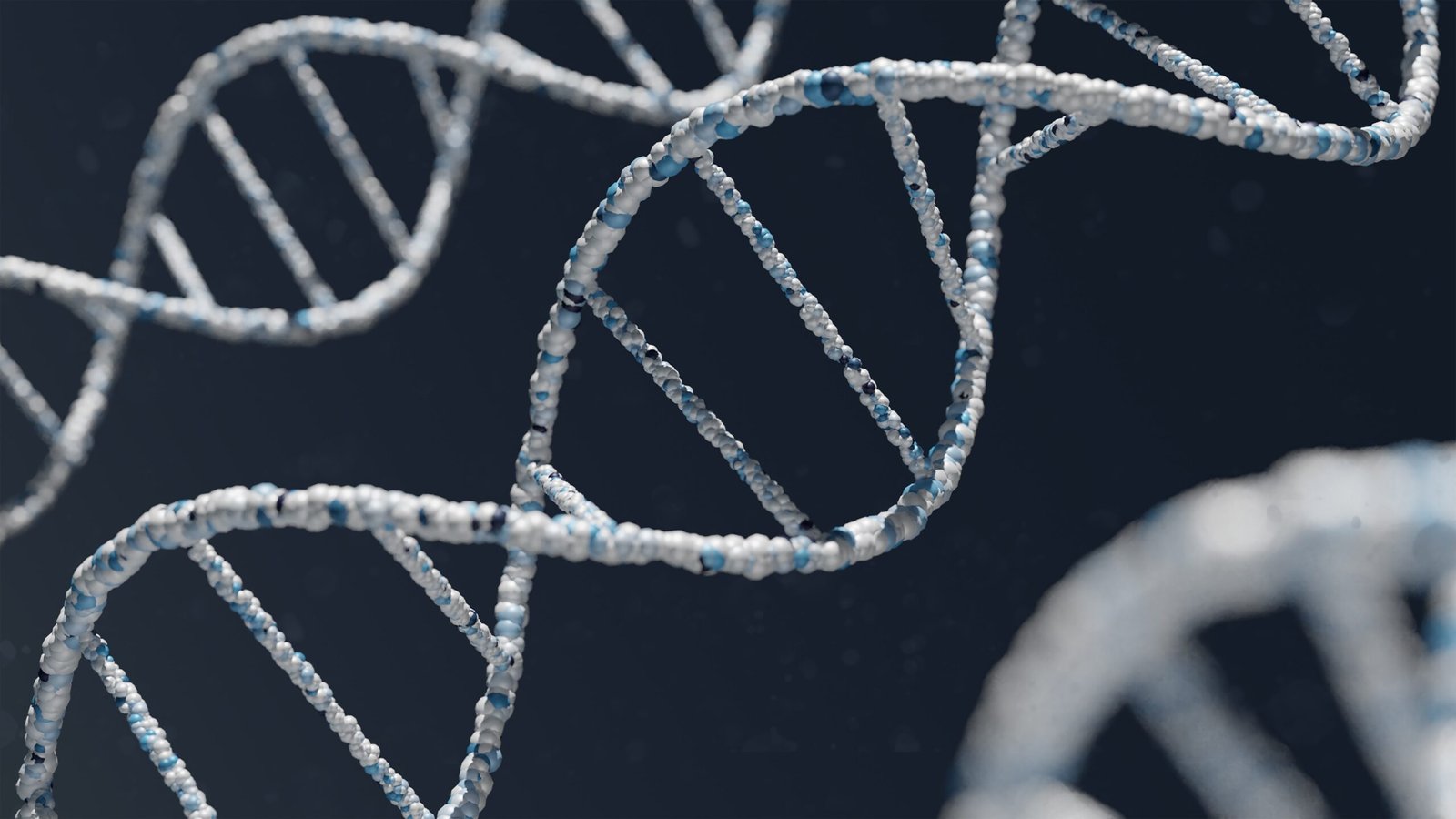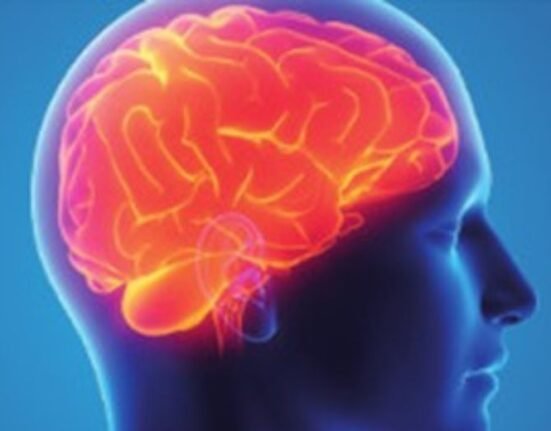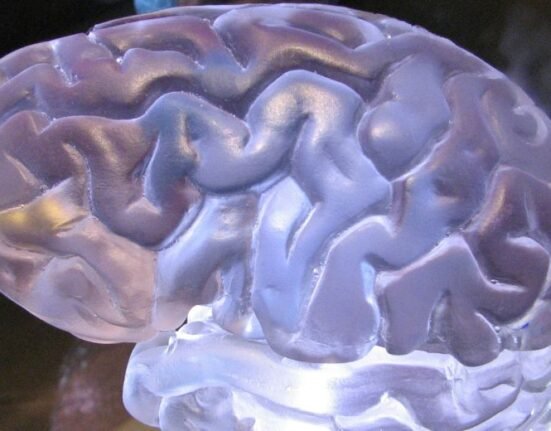HT team
October 4, 2022: Svante Paabo, a Swedish geneticist, who sequenced the genome of the extinct Neanderthals or relatives of present humans, was awarded the Nobel Prize in Medicine, 2022.
Paabo, 67, also discovered a previously unknown hominin, Denisova and found that gene transfer had occurred from these now extinct hominins to homo sapiens following the migration out of Africa around 70,000 years ago.
“This ancient flow of genes to present-day humans has physiological relevance today, for example affecting how our immune system reacts to infections,” according to a statement posted on Nobel Assembly at the Karolinska Institutet’s website.
Paleogenomics
Paabo’s seminal research gave rise to an entirely new scientific discipline of paleogenomics. “By revealing genetic differences that distinguish all living humans from extinct hominins, his discoveries provide the basis for exploring what makes us uniquely human.”
Neanderthals, who lived in Europe and southwestern to Central Asia, are our closet extinct human, and has a history of coexistence, according to Smithsonian National Museum of Natural History.
The now extinct species made and used of sophisticated tools, controlled fire, lived in shelters, made and wore clothing, were skilled hunters of large animals and also ate plant foods, and occasionally made symbolic or ornamental objects.
Evidence proves that Neanderthals deliberately buried their dead and occasionally even marked their graves with offerings, such as flowers. No other primates, and no earlier human species, had ever practiced this sophisticated and symbolic behavior.
Genome Project
DNA has been recovered from more than a dozen Neanderthal fossils, all from Europe and the Neanderthal Genome Project is one of the new areas of human origins research.
Toward the end of the 1990’s, almost the entire human genome had been sequenced.
“This was a considerable accomplishment, which allowed subsequent studies of the genetic relationship between different human populations. However, studies of the relationship between present-day humans and the extinct Neanderthals would require the sequencing of genomic DNA recovered from archaic specimens,” the instiututet stated.
Archaic DNA
In 1990, Paabo was recruited to University of Munich, where, as a newly appointed professor, he continued his work on archaic DNA.
He analysed DNA from Neanderthal mitochondria – organelles in cells that contain their own DNA. The mitochondrial genome is small and contains only a fraction of the genetic information in the cell, but it is present in thousands of copies, increasing the chance of success.
With his refined methods, Paabo managed to sequence a region of mitochondrial DNA from a 40,000-year-old piece of bone. Thus, for the first time, we had access to a sequence from an extinct relative. “Comparisons with contemporary humans and chimpanzees demonstrated that Neanderthals were genetically distinct.”








